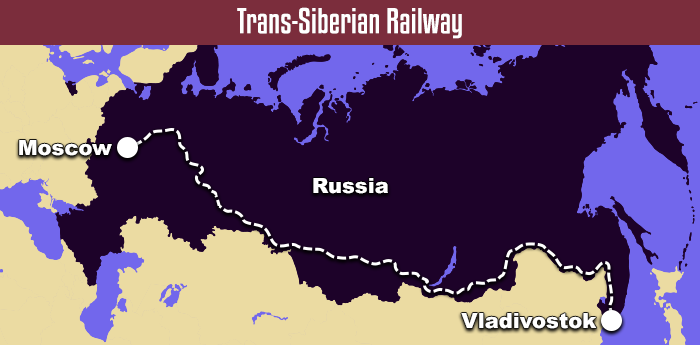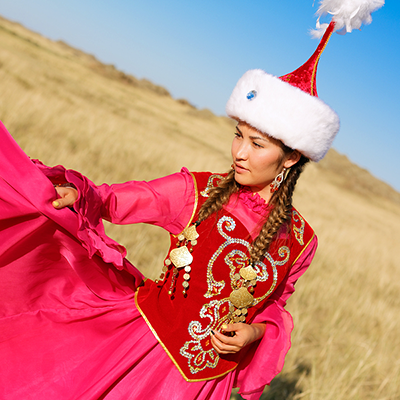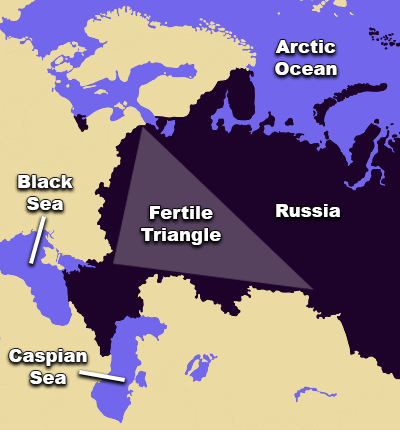Russia and the Post-Soviet States
Russia and the Post-Soviet States

When the Soviet Union broke up in 1991, it marked the end of the Cold War and the beginning of a new era in Russia and Central Asia. Fifteen countries were formed across Russia, Central Asia, Eastern Europe, and the Caucasus Mountain region. In this interactivity, you will learn about Russia and the post-Soviet states. Click the player to begin.
View a printable version of this interactivity or an ADA compliant transcript.
Cultural Influences of Russia and Central Asia

The cultural landscape of Russia and Central Asia is a unique combination of customs and traditions. The culture of this region has been influenced by its vast land area, extreme climate, rich history, and diverse ethnic groups. In this interactivity, you will discover the cultural influences of Russia and Central Asia. Click the player to begin.
View a printable version of this interactivity or an ADA compliant transcript.
Economic Characteristics of Russia and the Post-Soviet States

Pumpjacks in a Russian oil field
Russia and Central Asia contain abundant natural resources. Energy resources like oil and natural gas are the main exports. Other major exports include minerals and metals like gold, platinum, copper, iron, and diamonds. Russia is also a major producer of hydroelectric power. It has more than 100 hydroelectric power plants that produce about 20% of the country’s power.
Many of the resources in Russia and Central Asia are not fully developed. In Russia, the harsh climate prevents the extraction of some resources. Russia is a huge country, which makes it difficult and expensive to transport resources. Central Asia is a landlocked region. This means there are limited transportation links to export resources. Foreign countries have started to invest in Central Asia, building pipelines to access the region’s oil reserves.

Trans-Siberian Railway: Detailed Description
Russian infrastructure must also deal with the challenges of a large land area and a harsh climate. Building and maintaining a system of roads across the country would be inefficient and expensive. Instead, Russia uses a system of canals, rivers, and railroads to connect its vast territory. The largest and most famous railroad in Russia is the Trans-Siberian Railway. The Trans-Siberian Railway runs over 6,000 miles from Moscow to Vladivostok.
Despite the vast size of Russia, only one-sixth of the country’s land is suitable for farming. Most of the country’s agriculture and industry are concentrated in a region called the Fertile Triangle. The Fertile Triangle is located in European Russia. It extends from the western border to the southern Ural Mountains. This region contains rich chernozem soil. Wheat is one of the main crops grown in the Fertile Triangle.
After the breakup of the Soviet Union, Russia and the post-Soviet states faced many economic challenges. The countries shifted from command economies to market economies after decades of communism. The government owns and controls all businesses in a command economy. Private companies and individuals own businesses in a market economy. Most Russian industries are now privatized. However, the government still controls Russia’s large energy industry. At first, the shift caused a sharp economic decline and an increase in income inequality. Some countries were able to recover, but others continue to struggle.
Russia and the Post-Soviet States Review

 Now that you have learned about the major regions, cultural influences, and economic characteristics of Russia and the post-Soviet states, review your knowledge in this interactivity. Click the player to get started.
Now that you have learned about the major regions, cultural influences, and economic characteristics of Russia and the post-Soviet states, review your knowledge in this interactivity. Click the player to get started.








